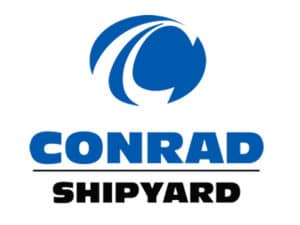
Navy comments on new LCS acquisition plan
Written by Nick Blenkey
It is looking to order ten ships from Austal USA and ten from the Lockheed Martin, Marinette Marine team. The Navy says that "effective competition between industry bidders to build the littoral combat ship (LCS)" led it to discuss the ten ships each plan with key Defense Committee members and their staff, as well as industry. It says that "consideration of this option is separate from the ongoing LCS down select process, and if congressional approval for a dual block buy is not received, the Navy will proceed to down select in accordance with the terms of the current solicitation." It maintains that either a down select or a dual ship block buy approach will ensure the Navy procures affordably priced ships. "This option is good for the taxpayers because it enables us to buy more ships for the same money and allows us to lock in a lower price for all 20 ships," said Secretary of the Navy Ray Mabus. "It's good for the Navy because it gets us more ships faster and increases our flexibility, and it's good for industry because it maintains and even expands jobs at two shipyards." Unlike the current solicitation, this option would require Congressional action to authorize two block buys by mid-December 2010. "The Navy's LCS acquisition strategy to down select to a single design resulted in a highly effective competition and an industry response that signals a significant potential savings in the LCS program," said Sean Stackley, assistant secretary of the Navy for research, development and acquisition. "These competitive bids, coupled with the Navy's desire to increase ship procurement rates to support operational requirements, create an opportunity to award each bidder a fixed-price, ten-ship block buy – a total of 20 ships from fiscal year 2010 to fiscal year 2015." The Navy says it remains committed to the LCS program and the requirement for 55 of these ships to provide combatant commanders with the capability to defeat anti-access threats in the littorals, including fast surface craft, quiet submarines and various types of mines. Though Secretary Mabus's proposal seems to have caught most observers by surprise, a recent Congressional Research Service report by veteran analyst Ronald O'Rourke, published October 14, had this to say: One alternative [to the down select would be a strategy that would keep both LCS designs in production, at least for the time being. Such a strategy might involve the following: Supporters of an alternative like the one outlined above could argue that it would Maybe the Secretary of the Navy read Ronald O'Rourke's report. Maybe Mr. O'Rourke is a seer. Nov 5, 2010
 Why Navy has new LCS buy plan
Why Navy has new LCS buy plan
The Navy wants to switch from its “winner take all” strategy of picking just one of the two competing Littoral Combat Ships designs.

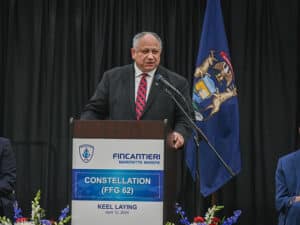
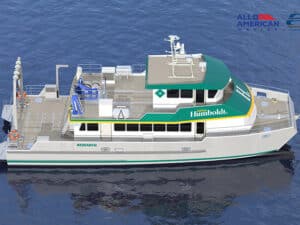
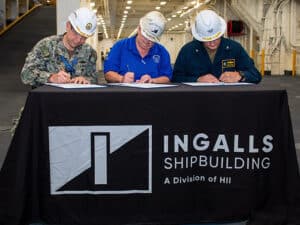


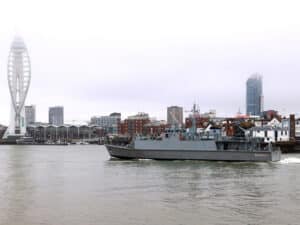

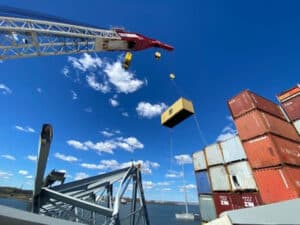
Leave a Reply
You must be logged in to post a comment.